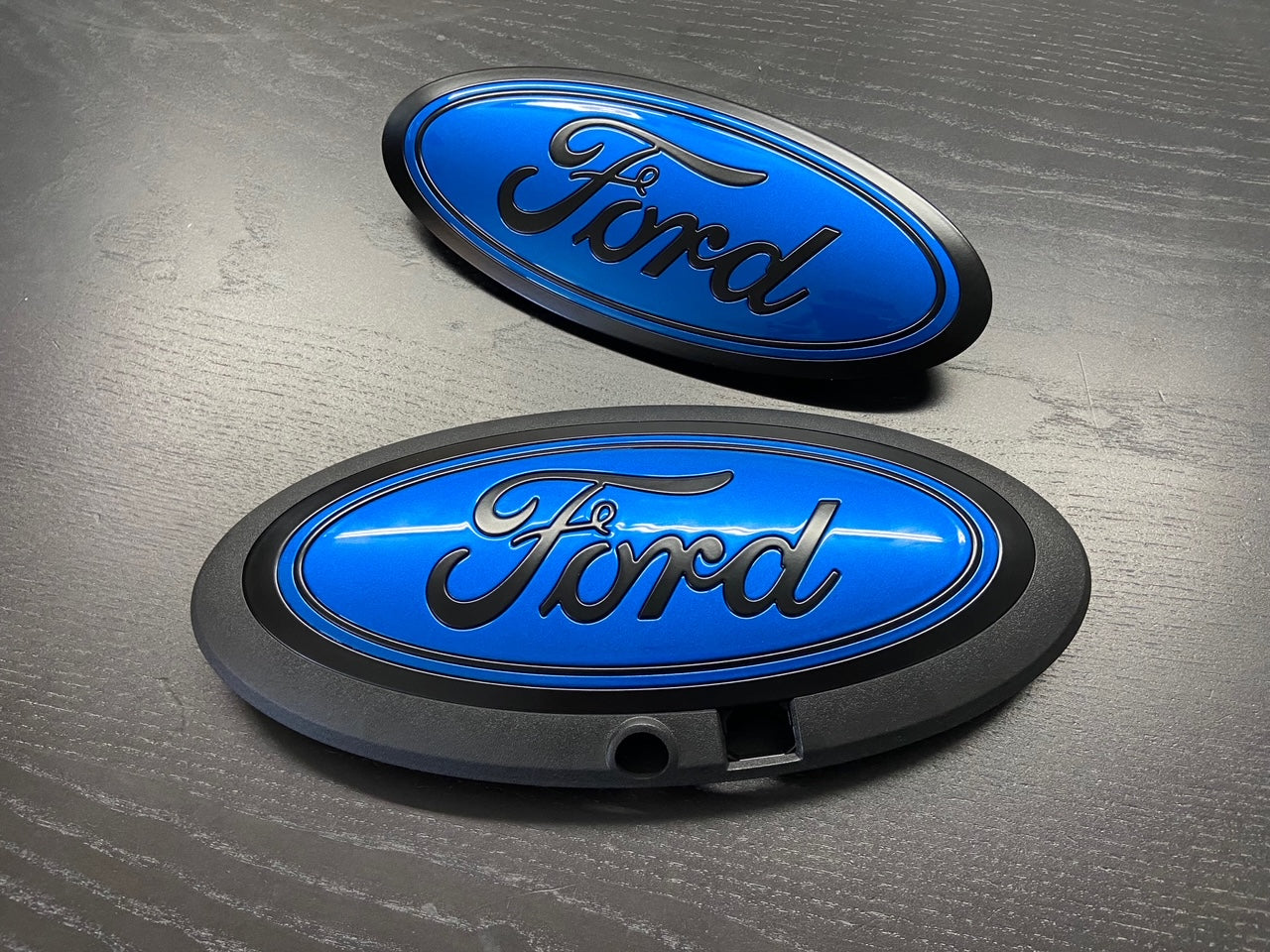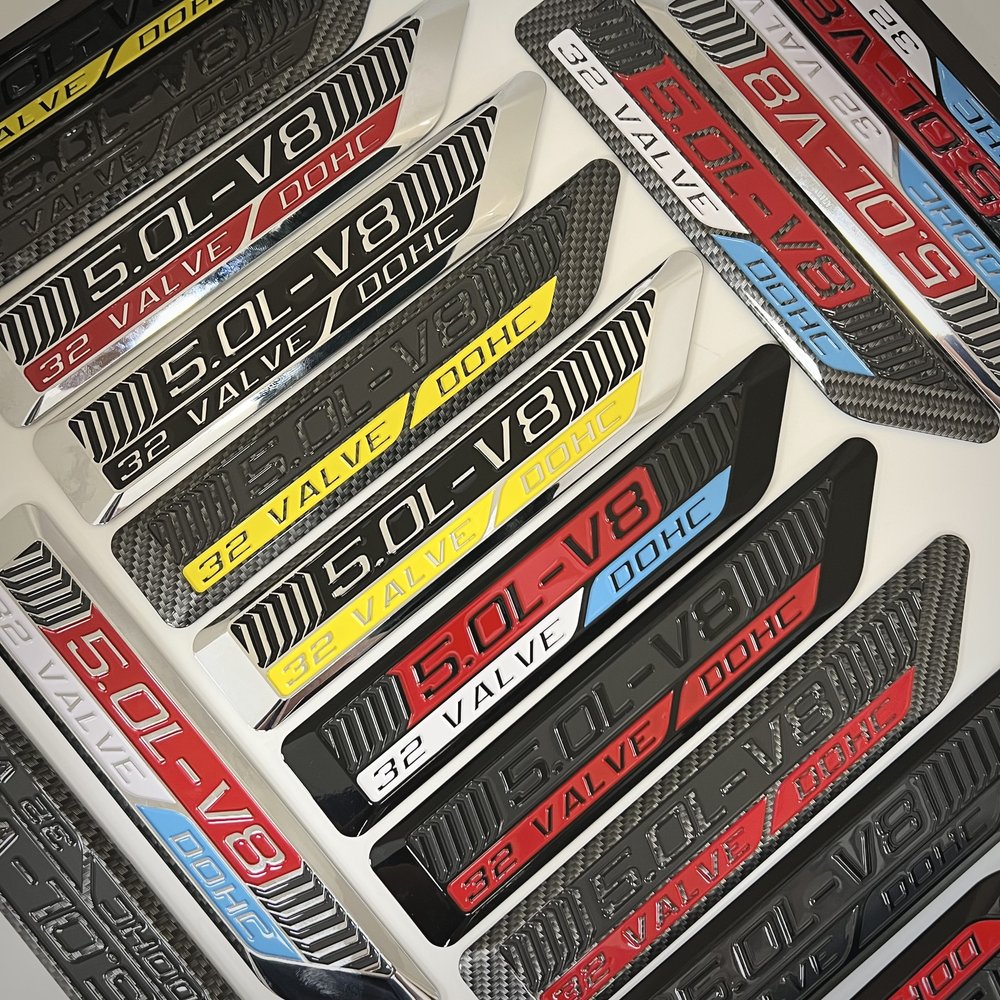Ingenious Custom Emblem Ideas to Elevate Your Branding
Ingenious Custom Emblem Ideas to Elevate Your Branding
Blog Article
Creating a Long Lasting Impression With Custom-made Emblems: Style Tips and Concepts
The production of a personalized symbol is a critical action in developing a brand's identity, yet many ignore the subtleties that add to its effectiveness. As we check out these vital parts, it becomes clear that there is even more to crafting an emblem than mere visual appeals; understanding these concepts can change your strategy to brand name representation.
Comprehending Your Brand Identification
Recognizing your brand name identity is critical for producing personalized symbols that resonate with your target audience. Your brand identity incorporates the values, mission, and individuality that specify your company. It functions as the foundation for all graphes, including custom emblems. By clearly verbalizing what your brand means, you can ensure that the layout components of your symbol reflect these core concepts.

A well-defined brand identity not only help in developing a memorable emblem however also cultivates brand name commitment and acknowledgment. Ultimately, a symbol that genuinely mirrors your brand identification will certainly produce a purposeful connection with your target market, reinforcing your message and improving your general brand name method.
Selecting the Right Color Styles
Picking the best colors for your custom-made emblem plays an essential function in conveying your brand name's identity and message. Colors evoke emotions and can significantly influence perceptions, making it necessary to choose hues that resonate with your target market. Begin by taking into consideration the mental influence of colors; as an example, blue usually communicates depend on and expertise, while red can stimulate exhilaration and seriousness.
It is also vital to straighten your shade options with your brand name's values and market. A technology company may decide for trendy shades, such as blues and environment-friendlies, to show innovation and integrity, whereas a creative agency may embrace vibrant and strong colors to display creative thinking and power.
Furthermore, think about the shade consistency in your layout. Using a color wheel can help you identify comparable or corresponding colors that develop visual equilibrium. Go for an optimum of three primaries to maintain simplicity and memorability.
Typography and Font Style Option
An appropriate typeface can significantly boost the impact of your customized symbol, making typography and font style selection essential elements of the layout process. The font style needs to align with the brand's identity, conveying the appropriate tone and message. As an example, a modern-day sans-serif typeface may stimulate a sense of innovation and simplicity, while a traditional serif font style can connect custom and dependability.
When picking a font style, think about legibility and scalability. Your symbol will be made use of across numerous media, from company cards to billboards, so the typeface must stay clear at any kind of size. Furthermore, stay clear of overly attractive fonts that might take away from the general design and message.
Combining font styles can likewise develop aesthetic passion yet calls for mindful pairing. Custom Emblem. An usual technique is to use a bold typeface for the major message and a corresponding lighter one for additional components. Consistency is key; limit your choice to 2 or three typefaces to maintain a cohesive appearance
Integrating Meaningful Signs

As an example, a tree may stand for development and stability, while a gear could symbolize advancement and accuracy. The key is to make sure that the symbols resonate with your target audience and reflect your brand's objective. Take part in conceptualizing sessions to gather and explore various concepts input from varied stakeholders, as this can generate a richer range of options.
Once you have actually determined prospective signs, examine their efficiency by sharing them with a focus team or performing surveys. This feedback important source can give insights right into exactly how well the signs communicate your desired message. In addition, think about just how these icons will certainly operate in conjunction with other design components, such as shades and typography, to create an impactful and cohesive emblem. Eventually, the ideal symbols can enhance acknowledgment and foster a more powerful psychological connection with your target market, making your brand name unforgettable and meaningful.
Guaranteeing Versatility and Scalability
Making i loved this certain that your customized symbol is scalable and versatile is crucial for its performance across numerous applications and mediums. A well-designed emblem must maintain its honesty and aesthetic allure whether it's shown on a service card, an internet site, or a large banner. To accomplish this, concentrate on producing a style that is simple yet impactful, avoiding elaborate details that might become lost at smaller sized sizes.

Evaluating your symbol in numerous styles and sizes is important. Analyze how it carries out on various histories and in numerous environments to ensure it continues to be well-known and effective. By focusing on flexibility and scalability in your style procedure, you will certainly develop an this post emblem that stands the test of time and properly represents your brand name across all touchpoints.

Conclusion
To conclude, the creation of personalized symbols requires a strategic strategy that balances numerous design components, consisting of brand identification, shade option, typography, and symbolic depiction. Highlighting simplicity and scalability makes sure that the emblem stays flexible throughout various applications, while meaningful icons improve emotional vibration with the audience. By diligently integrating these components, brands can cultivate a distinctive identification that fosters recognition and leaves a long-term perception on consumers.
A well-defined brand identification not only aids in creating a memorable emblem but additionally cultivates brand name loyalty and acknowledgment. Eventually, a symbol that genuinely mirrors your brand name identity will certainly develop a significant link with your audience, strengthening your message and enhancing your total brand name method.
Picking the appropriate shades for your custom-made emblem plays a critical role in conveying your brand name's identity and message. By focusing on versatility and scalability in your layout procedure, you will create a symbol that stands the examination of time and effectively represents your brand name across all touchpoints.
In conclusion, the development of custom-made symbols necessitates a calculated strategy that harmonizes various layout aspects, consisting of brand name identity, color option, typography, and symbolic representation.
Report this page